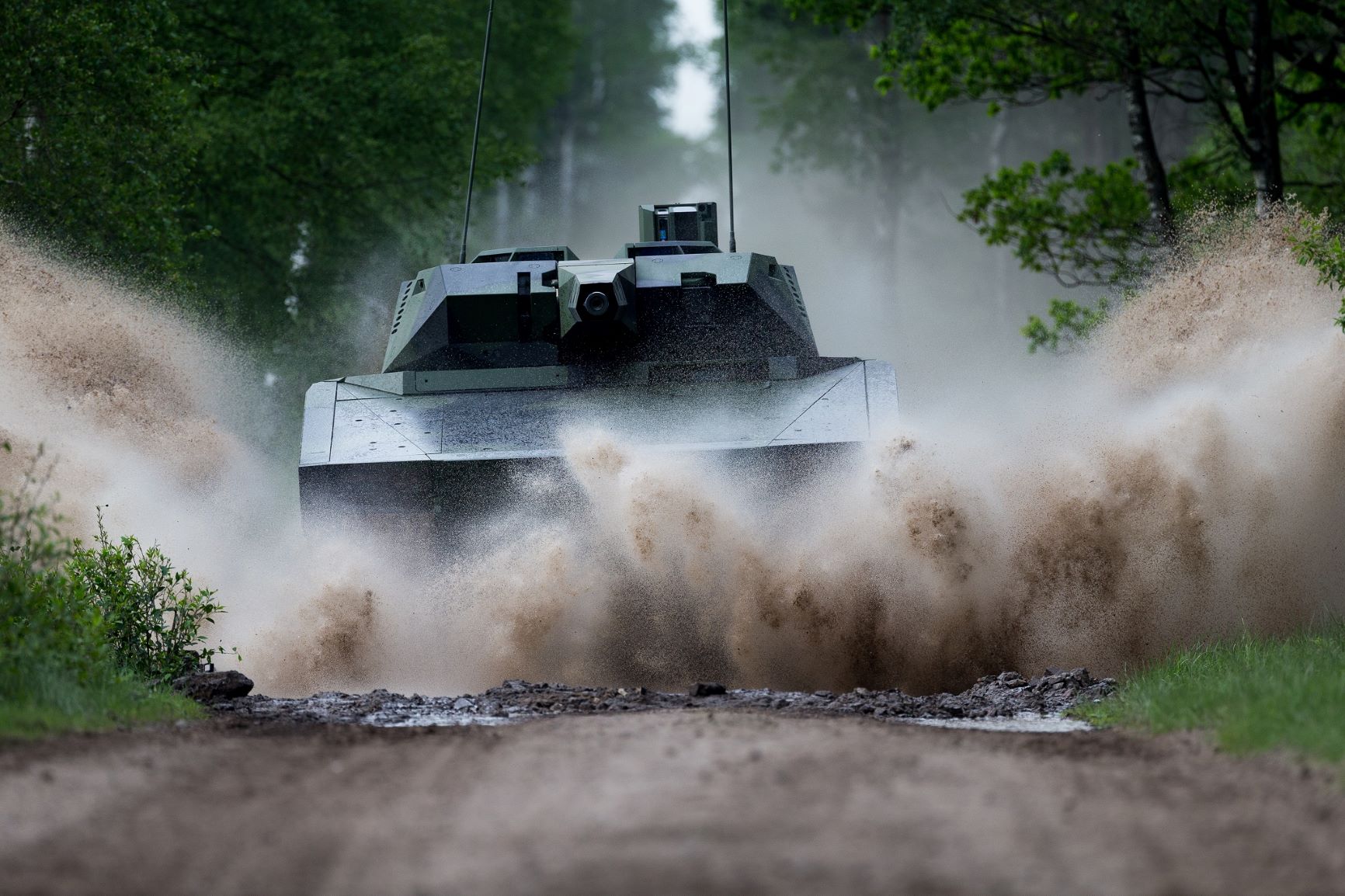
SHAH ALAM: Hungary signs deal for Lynx IFV. Despite the doom and gloom in the defence industry due to the economic downturn due to the coronavirus pandemic, some countries are still going ahead with their defence deals. One of them is Hungary which on 17 August signed a deal to jointly produce the Lynx infantry fighting vehicle.
Release from Rheinmetall.
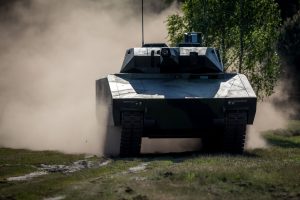
Hungarian armed forces establish joint venture with Rheinmetall to produce Lynx infantry fighting vehicle.
Deal helps the Hungarian Army meet its NATO commitments through continued modernization of the country’s defence industryWith the signing of an agreement in Unterlüss on 17 August 2020, the government of Hungary has embarked on a massive programme worth over two billion euros to modernize the country’s defence industry and military capabilities. The move was announced by Hungary’s Secretariat of the Ministry for Innovation and Technology and the Commissioner for Defence Development. Rheinmetall, Europe’s foremost maker of army equipment, will be cooperating with Hungary to create a joint venture and production facility in Hungary to manufacture the most modern Lynx infantry fighting vehicle.
Hungary is the first NATO and EU member state to choose the Düsseldorf-based Group’s innovative new IFV. The step is of central importance in Hungary’s ongoing programme of military and industrial development, which aims to transform the Hungarian Army as quickly as possible into a world-class fighting force capable of actively addressing security challenges in the Euro-Atlantic region.
In the words of the joint statement read by László Palkovics, Minister of Innovation and Technology, and Gáspár Maróth, Commissioner for Defence Development: “As part of its commitment to NATO, Hungary is replacing its heavy ground forces equipment. Following the tanks and artillery, it is now the turn of the infantry combat vehicles, which form the backbone of the capabilities set. As the most advanced system of its kind, the Lynx has demonstrated its suitability for a central role in the Army’s capabilities spectrum for decades to come. In keeping with earlier promises by the Hungarian government to enhance the nation’s armed forces, this cooperative endeavour extends far beyond the modernization of military technology. Partnering with a major European corporation will result in the modernization of our defence industry and thus to the expansion of our industrial portfolio.”
As Armin Papperger, chairman of the executive board of Rheinmetall AG, explains: “The Lynx’s market breakthrough is a major success for us. And the fact that we were able to convince Hungary – an important EU and NATO partner – to choose this innovative vehicle makes this success all the greater. In making this forward-looking procurement decision, Hungary’s top political and military officials have demonstrated real leadership. Not only does the move place Hungary at the forefront of European army technology.
It reaffirms the Hungarian government’s commitment to being a reliable, more militarily effective partner of its NATO allies, a policy which it is pursuing with systematic energy.”
“We’re very proud”, said Mr Papperger, “to be able to make an important contribution to the sustained expansion of Hungary’s defence technology capabilities in cooperation with local industry. We look forward to working together with our Hungarian friends and partners, and will do everything in our power to assure the long-term success of this venture.”
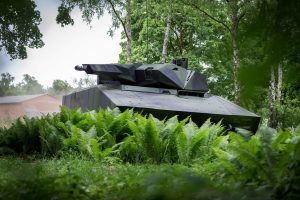
So what it got to do with Malaysia then? Not much really apart from the fact that many countries as shown above also used defence deals as part of their national interest programmes as well. Lets hope it goes well for them. The first export for the Lynx might also helped the vehicle in the another contest in Australia.
–Malaysian Defence
If you like this post, buy me an espresso. Paypal Payment

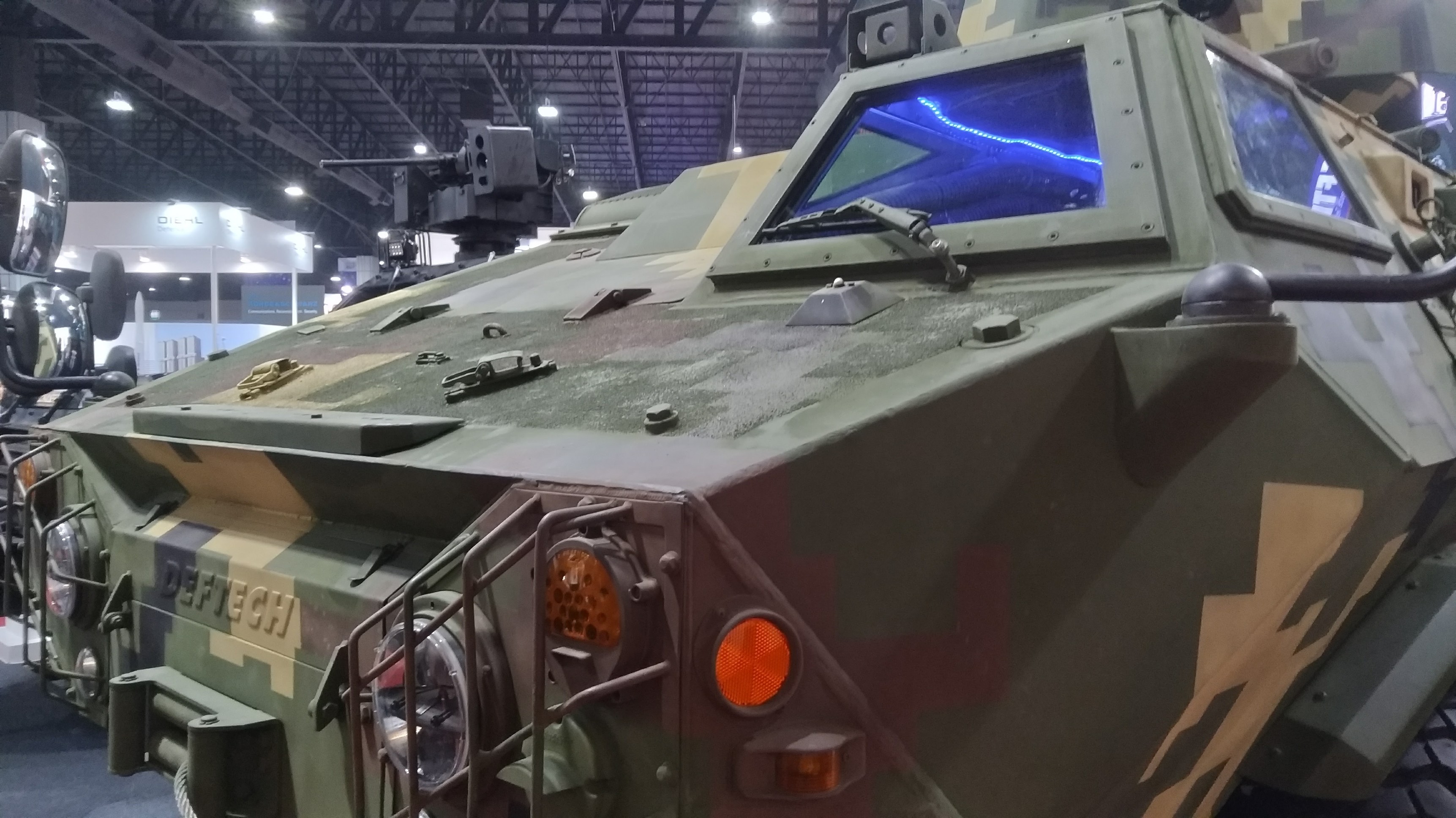
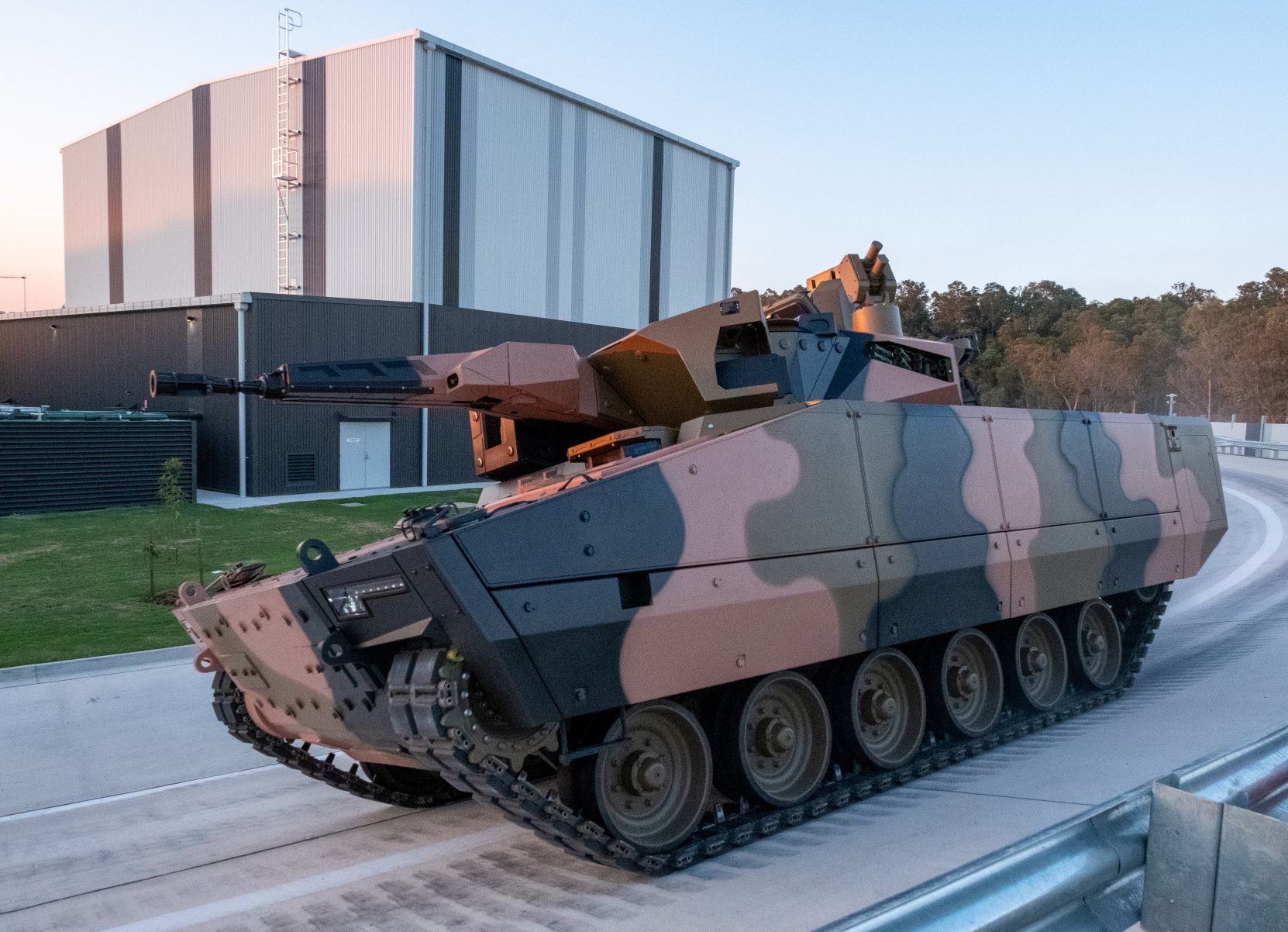
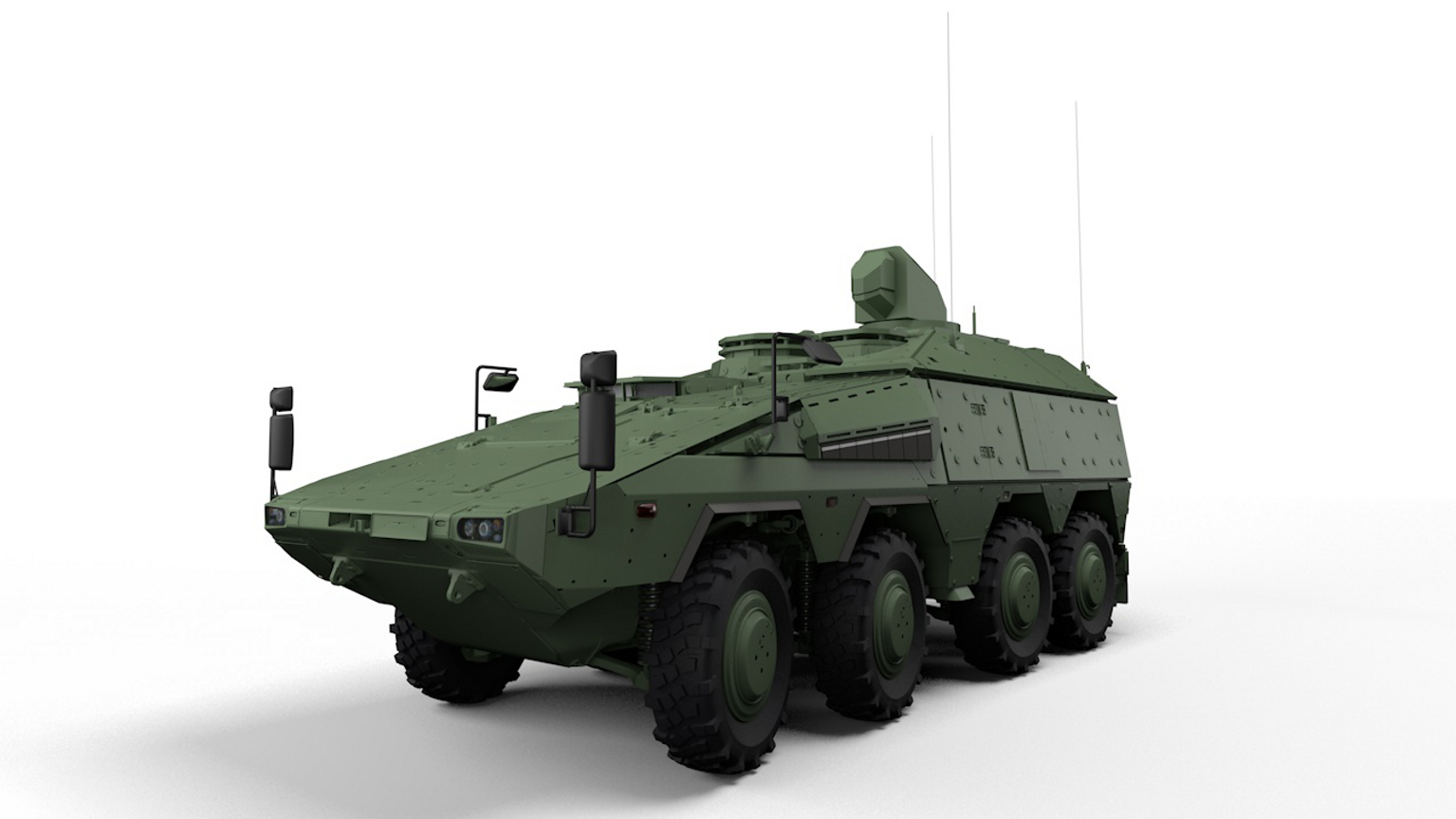
Hungary is on a roll. new leo2, F-16s, NASAMS, costing billions.
Brave of them to go for an unproven platform considering Germany’s main IFV is Boxer and they promo it hard. As for Hungary’s purchase, it could be a NATO partly funded deal. The Donald has repeatedly said the EU nations must shoulder more of NATO and seek to rebalance their reliance on USA. This deal could have been in the pipeline already and only recently got announced with Western Hemisphere just back from summer vacations and governments normalising operations in new normal conditions.
Sorry. Boxer for wheeled IFV, Puma for tracked IFV.
… – “Hungary is on a roll”
Yes. The need to ingratiate and integrate with NATO; concerns about Russia and the need to replace old stuff are driving factors.
Interestingly instead of bringing new technological edge into a new vehicle, RM sought to reuse proven equipment already in usage, into Lynx. Basically that is like repackaging old wine into a new bottle thereby assuring skeptical buyers on the proveness of their Lynx.
Should we joint Hungary to purchased the Lynx to for the Army?
Fadiman,
Lynx is certainly much more survivable than any IFV we currently have but at the moment there is no such requirement for a IFV.
There is also the question of whether the army in the future will go for a IFV in the same category; then again increased protection comes with increased weight – no avoiding this.
Priority for army at least from my civilian pov is the replacement for condor and scorpion..then come sph, additional order of lg1 and maybe fancy buy like additional mrap and additional mlrs
But Lynx IFV is not amphibious capable, in our place especially in Sarawak n Sabah a lot of rivers… Interesting K21 is suited for this requirement… there were another version K21 105/120 light tanks..semilar like K21 40 version but different turret..
For me, priority for TDM is getting their organic chopper airlift support which they lost after retirement of PUTD & TUDM Nuris. Civvie specced S-70i Blackhawk (USD$15mil each) can be bought off-the-shelf to fulfill this urgent need, coupled with the 2 VIP TUDM Blackhawks and the 4 low mileage Brunei ones offered to us.
Firdaus,
The priority for me is to devote attention to combat and support arms which haven’t received the same level of attention as other areas : artillery, engineering, logistics, etc.
Nice to have impressive hardware but it’s just as important to have adequate resources in other areas; without which the hardware wouldn’t be able to operate effectively.
Fadiman,
Effective engineering support can mitigate not having IFVs can swim. Also bear in mind that as they age the water proofing on
iFVs wear out – it can take time to prepare them to “swim”. Engineering work will also be needed if river banks are too
steep and muddy.
@Joe
Lynx is not a new product, it just hasn’t seen any buyers. In my opinion because it is in fact too similar to Puma, being a development of that IFV, whereas most countries diversified into wheeled IFVs, or are developing future generation tracked IFVs with better performance.
@Chua
Puma debuted in around 2005 while Lynx launched in 2016 with preproduction demonstrator units just came out in 2018. So yeah, in terms of defence equipment, its very new. Arguably on the inside its using systems from other older vehicles before it, so its not new ‘new’ but nevertheless its a new vehicle in all intents & purposes. As I said, old wine in new bottle.